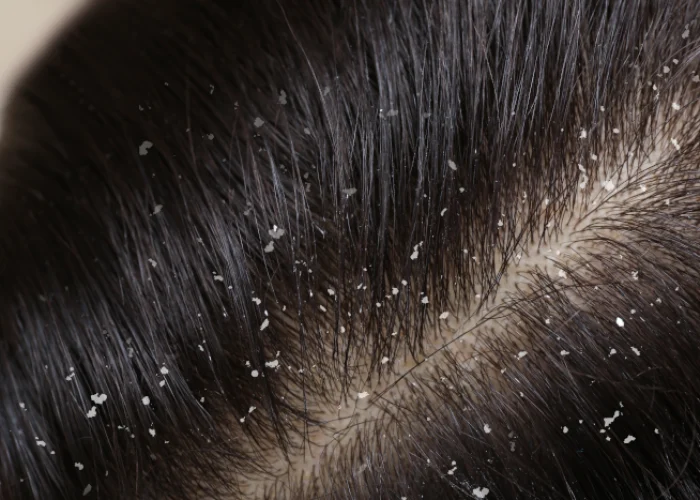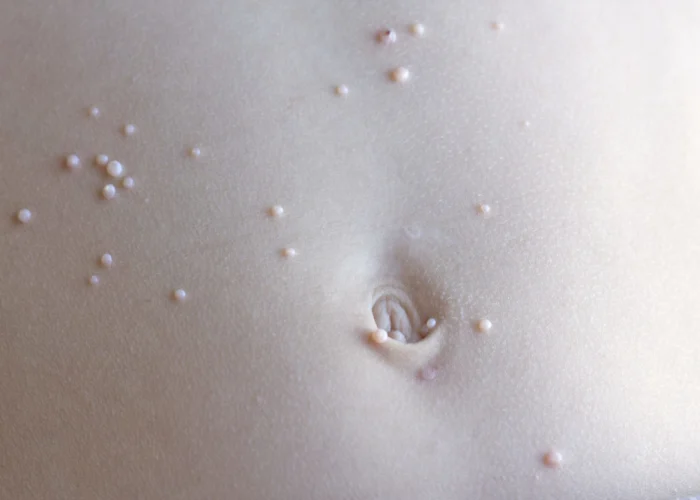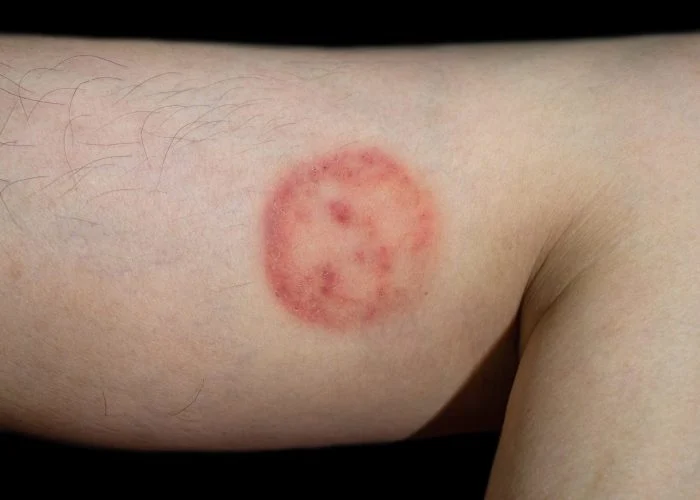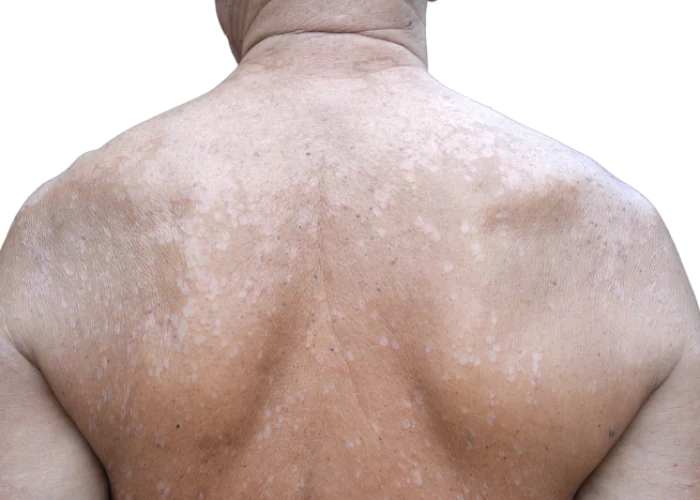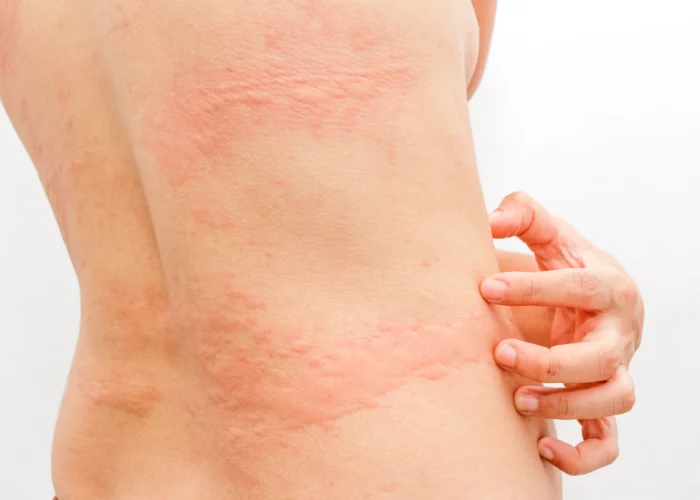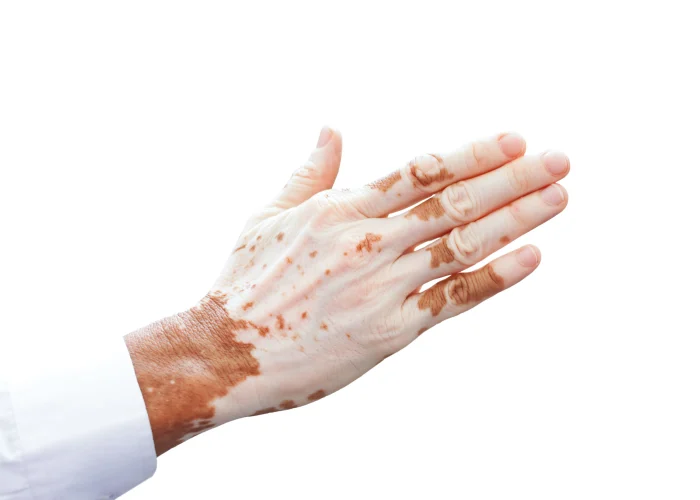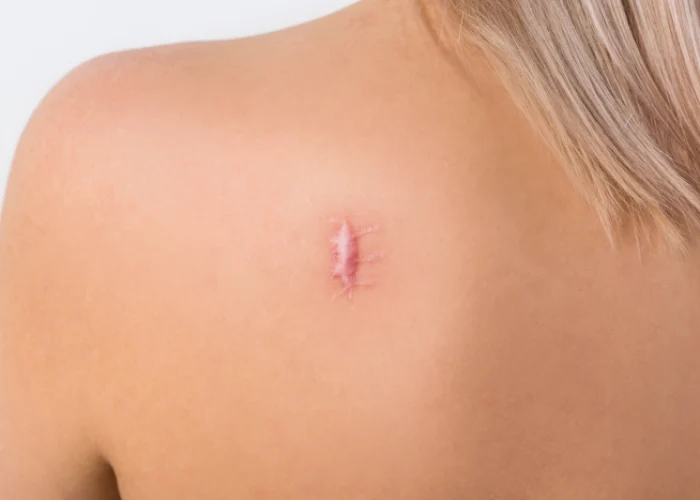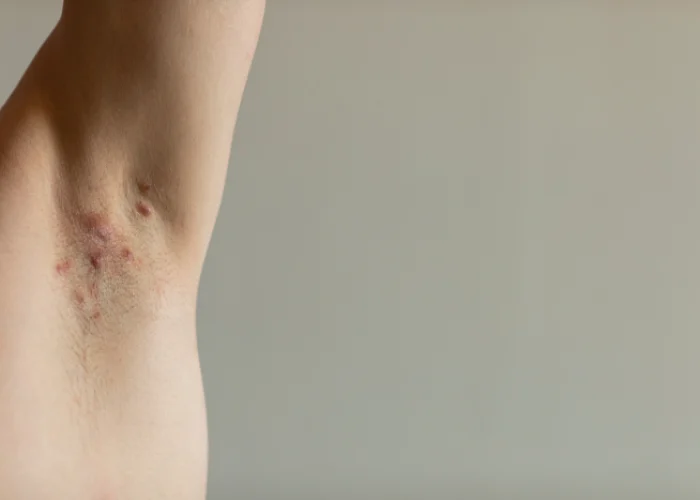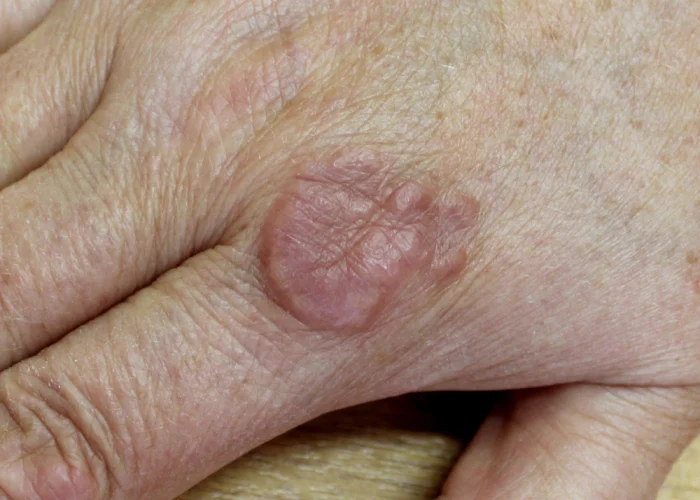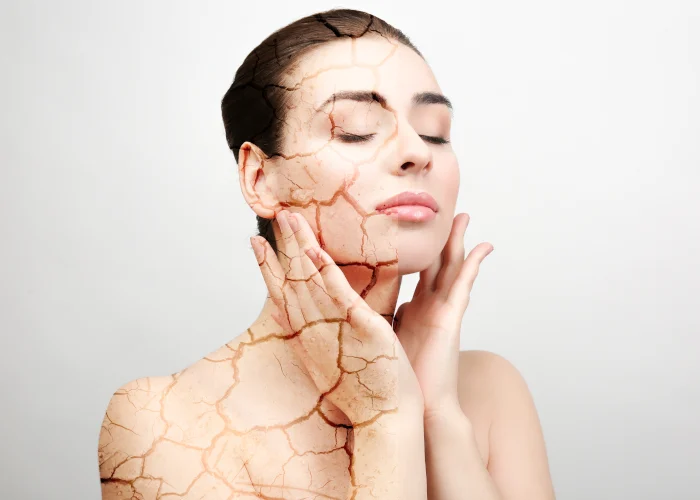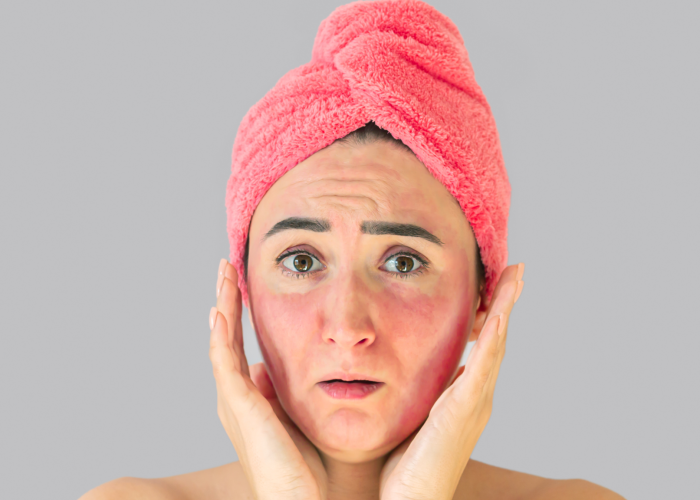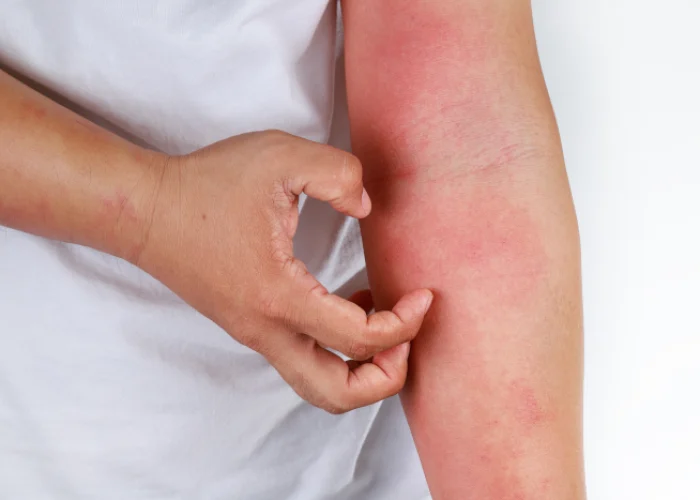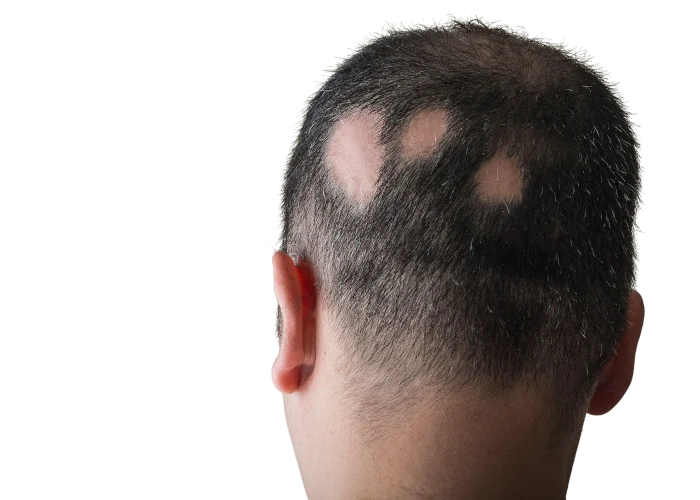Atopic Dermatitis
Atopic dermatitis is a skin condition that some people have. It's also called eczema. It's not contagious, which means you can't catch it from someone else. When you have atopic dermatitis, your skin gets very itchy, red, and dry. It can sometimes look bumpy or scaly too. It's common to have it on the hands, arms, legs, or face. Sometimes, it can make you feel itchy, uncomfortable or even make your skin hurt.
